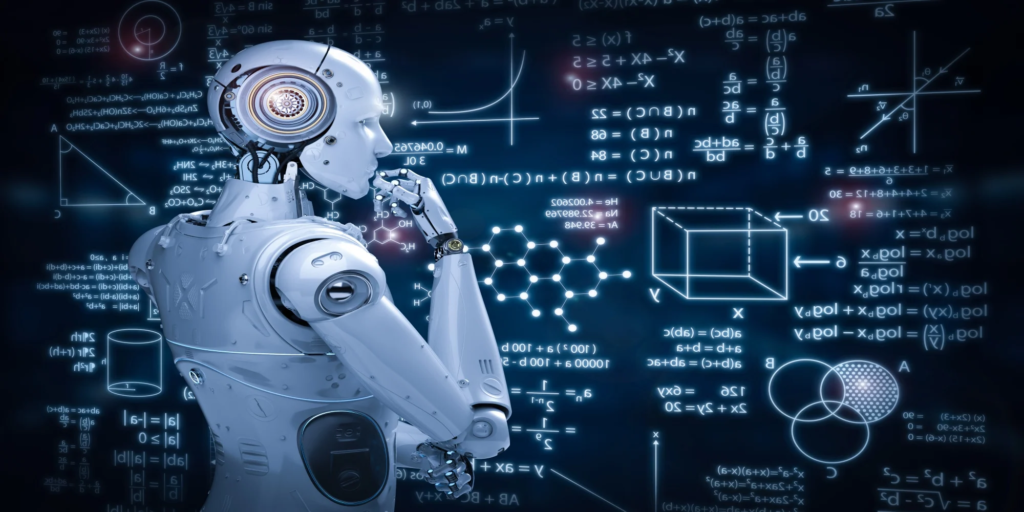
Artificial intelligence (AI) refers to systems or machines that mimic human intelligence. Machine Learning (ML) is a branch of artificial intelligence that deals with creating systems that learn by improving their performance based on the data they use. Machine Learning inherits methods developed in the last decades under different names: computational statistics, pattern recognition, artificial neural networks, adaptive filtering, theory of dynamical systems, image processing, data mining, adaptive algorithms, etc.
In practice, in Machine Learning, computer algorithms are created using above all statistical methods in order to implement in machines the ability to learn something from data autonomously, without explicit instructions.
Currently, machine learning is very widespread, it is developing rapidly and in the future it will radically change the way humanity lives and works. For example, when we interact with banks, shop online and use social media, machine learning algorithms are used to optimize our experience by making it easy and safe.
The two main types of machine learning algorithms currently in use are supervised and unsupervised learning.
Supervised Machine Learning
Supervised Machine Learning algorithms are the most used ones. In this case the presence of unama is foreseen. A data scientist acts as a guide and teaches the machine what results to generate. In supervised machine learning, the algorithm learns from a dataset that is already labeled and has a predefined output. Examples of supervised machine learning are linear and logistic regression, multiclass classification algorithms, and support vector machines.
Unsupervised Machine Learning
Unsupervised machine learning takes an independent approach and the machine learns to identify complex processes and patterns without the careful guidance of a person. Unsupervised machine learning involves training based on data that is unlabeled and for which no specific output has been defined. Examples of unsupervised machine learning are k-means clustering algorithms.
Examples of Machine Learning applications
Machine learning has been adopted across a range of industries to support different business goals. Here are some typical ones:
• Calculation of customer lifecycle value
• Anomaly detection
• Dynamic pricing
• Predictive maintenance
• Image classification
• Recommendation Engines
Figures of Machine Learning
The two main figures of Machine Learning are the developer and the Data Scientist. The collaboration between these two subjects makes the projects more effective and therefore useful. The difference between the two figures is somewhat fluid and not marked.
